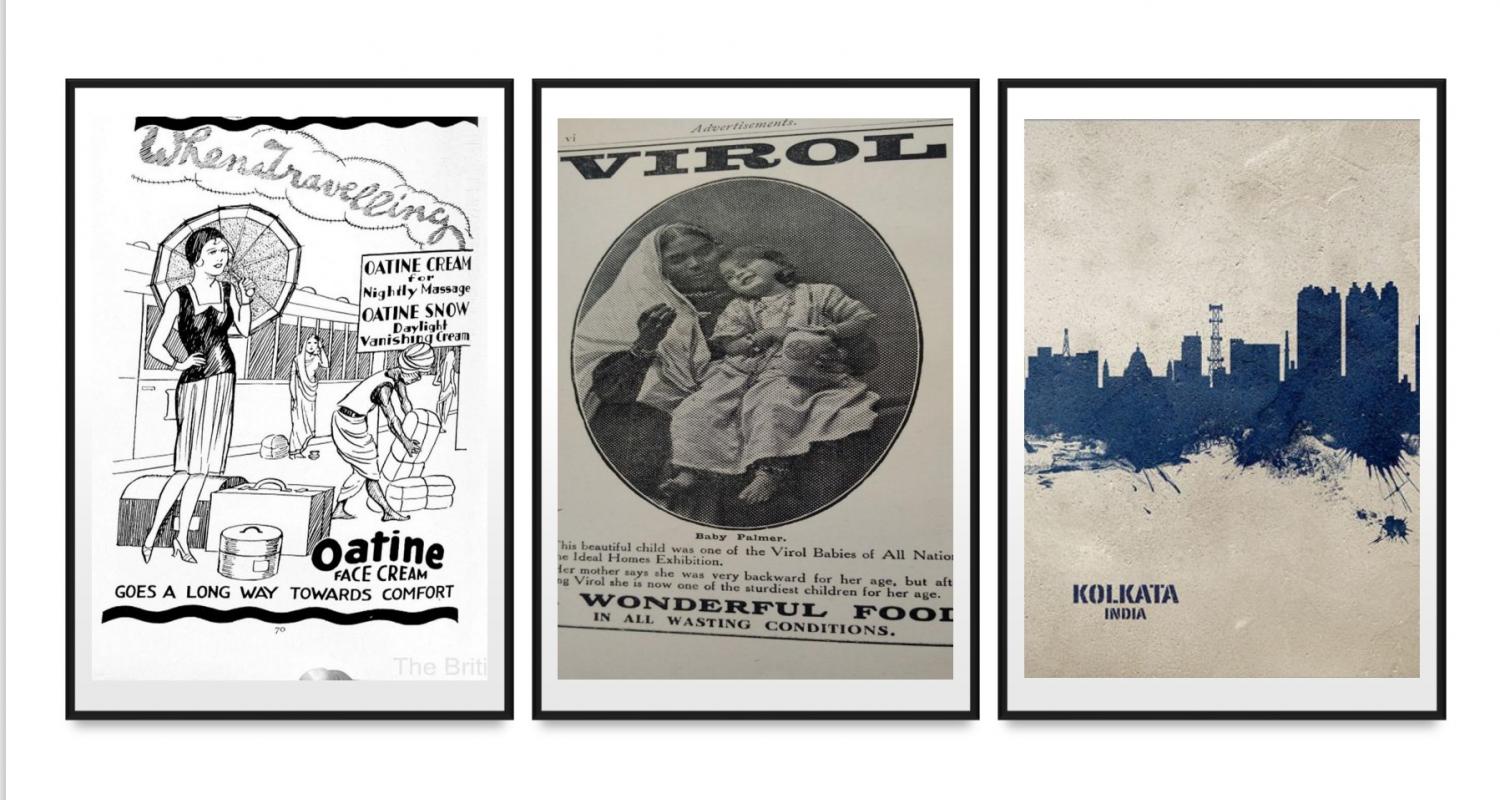This talk delivered by Dr Arunima Bhattacharya (Edinburgh Napier University) will map “whiteness” as a contested and politically constructed category in colonial Calcutta, the capital of British India until 1912. It will explore the race and class-based privileges that created degrees of “whiteness” in the colonial city officially divided into the “black” and “white” towns.
It will use examples from institutional and cultural life of 19th and early 20th century British India to show how discourses of hygiene were used to interpret race on the lines of contamination and physical corruption which by extension officially determined the social and moral nature of racial others. These racial others included racially different bodies of Indians and “Domiciled Europeans” as well as mixed-race “Anglo-Indians”.
Annually Learning and Programmes in Museums & Galleries Edinburgh works in partnership with CRER (The Coalition for Racial Equality and Rights) to host Edinburgh based lectures to mark Black History Month.
CRER has coordinated a uniquely Scottish Black History Month during October since 2001. This encompasses the history of African, Caribbean and Asian people in this country; people who often have a direct link with Scotland through slavery, colonialism and migration. Black History Month focuses on people whose sacrifices, contributions and achievements against a backdrop of racism, inequality and injustice are often forgotten about.
CRER strive to work with a range of partners from across the community, voluntary and public sectors and has helped to collaboratively create a Black History Month Programme that includes an exciting range of events from talks, concerts, workshops, film screenings, exhibitions and more.
Disciplining the aberrant body in Colonial Calcutta: Degrees of “whiteness” in British India
